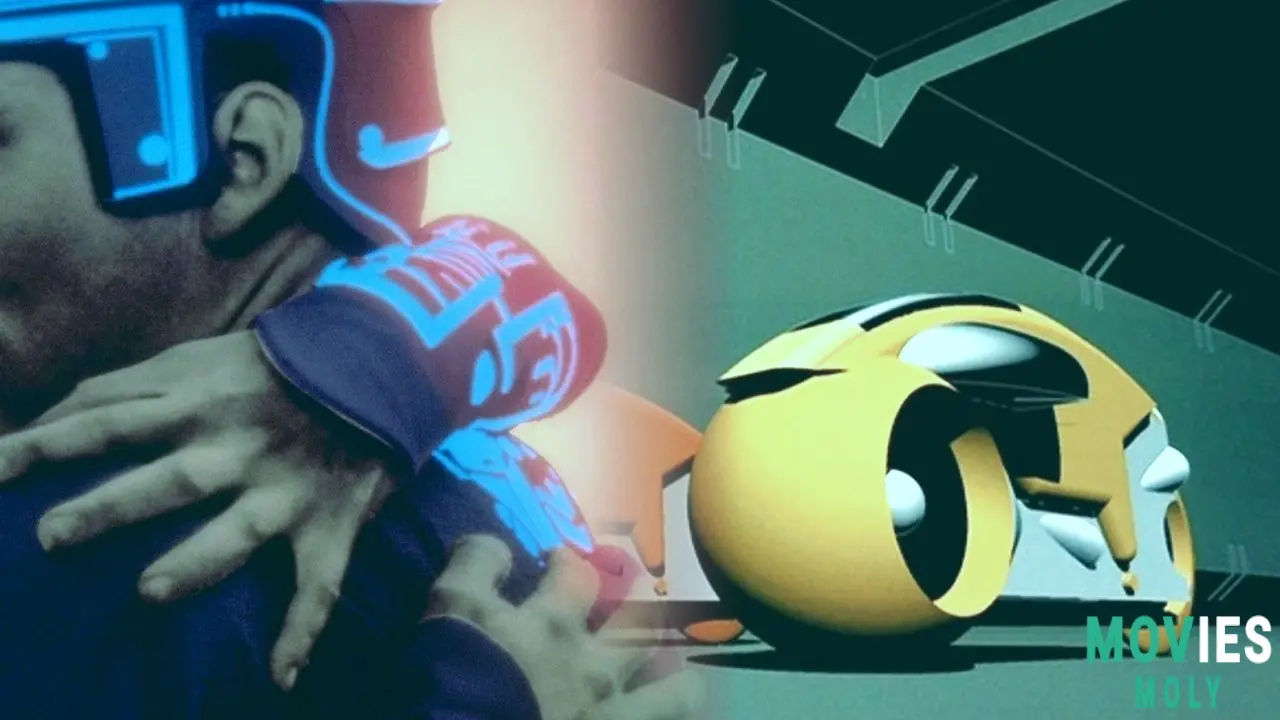Released in 1982, Disney's Tron was a visual marvel that pushed the boundaries of filmmaking, yet it famously received no Academy Award nomination for its pioneering visual effects. Decades later, as a new sequel, Tron: Ares, prepares for release, we look back at how the original film revolutionized CGI and influenced generations of creators, despite the Academy's initial confusion.
This post contains spoilers for 1982's "Tron" and its sequel, "Tron: Legacy."
The Impossible Film: Crafting Tron's Groundbreaking Computer-Generated ImageryIn 1982, Tron debuted with visual effects so advanced they were almost alien. Animator and VFX veteran Bill Kroyer, who worked on the film, remembers the immense challenges. Director Steven Lisberger essentially sold Disney a film that didn't yet have the tools to be made, requiring the team to invent new processes and animation techniques from scratch.
"When we started the movie, the tools to make it didn't exist," Kroyer revealed in Film Stories magazine. He emphasized that the degree of on-the-fly invention for Tron was stark, even for a technology-driven project. Animators had to manually plot every point and vector in three-dimensional space, punching huge tables of numbers into computers by hand.
The crew couldn't even preview their work in real-time. Kroyer explained, "We never saw anything moving on our computer screens. We had to literally render every object in 24 different places for one second." This meant animators had to have a crystal-clear vision of the finished product in their minds, working blindly until results were printed onto film and projected.
To achieve its unique look, Tron blended several innovative techniques. Live-action footage of actors, shot in black-and-white 70mm and wearing white suits with black shapes, was converted into Kodaliths, acting like live-action animation cels. Colors were then introduced via backlighting, and computer-generated elements, such as light cycles, weapons, and sets, were composited frame by laborious frame.
The film included about 15 minutes of purely computer-generated imagery, printed directly onto VistaVision negatives. This combination of "backward-looking" 70mm and "forward-looking" CGI allowed for unprecedented camera movement through virtual environments. While today's computing power is vastly superior, the Tron team handled a reported 76,320 frames, each requiring multiple elements and anywhere from 12 to 50 passes to generate the final shots, a Herculean effort at the time.
The Academy's Glitch: Why Tron's Visual Effects Were Overlooked at the Oscars
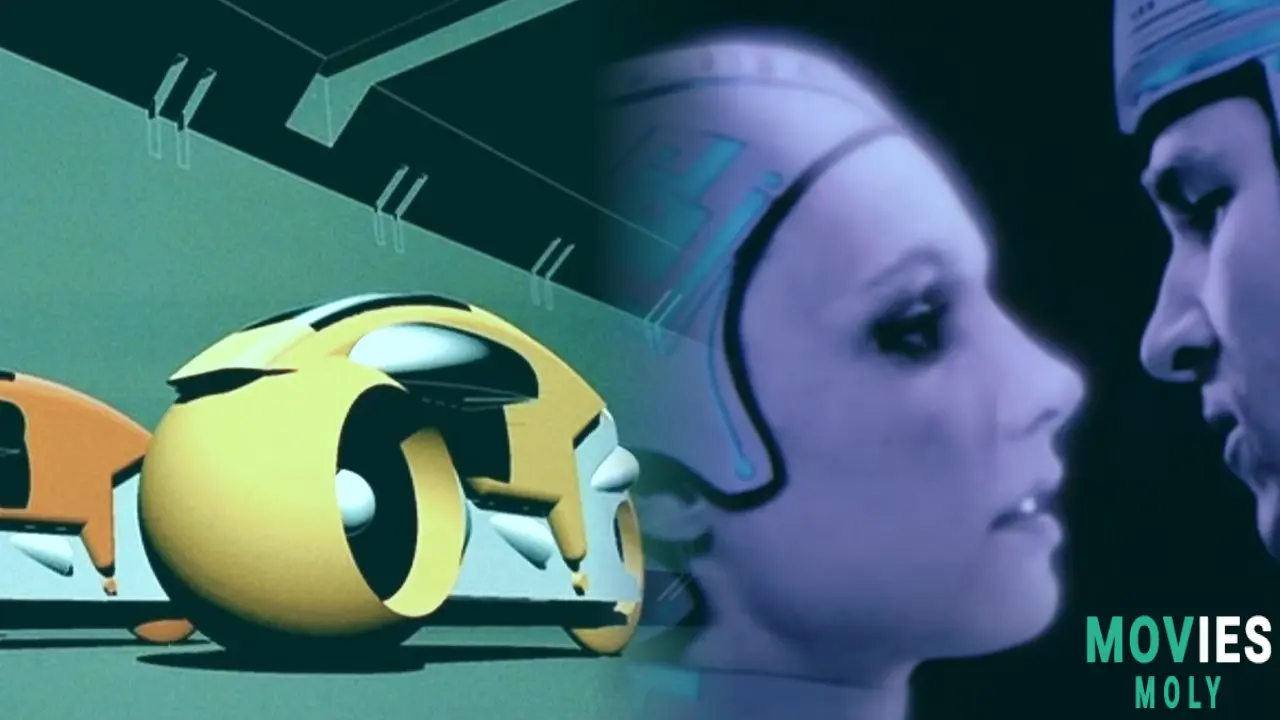
Despite its revolutionary technical achievements, Tron was not even considered for a Best Visual Effects Oscar in 1982. A commonly circulated story suggests the film was disqualified due to its use of computers, seen by some as "cheating." However, Bill Kroyer offers a different, perhaps stranger, explanation: it simply wasn't understood.
"It wasn't disqualified," Kroyer stated, "It simply was not recognized at all." Oscar nominees are selected by specific branches of the Academy; in this case, the Visual Effects Branch Executive Committee. Films are presented with showreels, and supervisors, like Tron's Richard Taylor, answer questions from voters.
According to Kroyer, the Academy members were profoundly confused by what they saw. "The branch looked at it, but they just didn't get it," he recalled. "It was so unlike anything they had ever seen." These experts, arguably the best visual effects artists in the world, suspected the film had "cheated" by using computers, failing to grasp the sheer invention involved.
The extent of this confusion became clear when Taylor finished his presentation and asked for questions. After an awkward silence, one voter finally asked, "What kind of camera did you use?" This question perfectly encapsulated the disconnect between the pioneering digital work and the traditional understanding of visual effects at the time.
Ultimately, Blade Runner, Poltergeist, and E.T. The Extra-Terrestrial received Best Visual Effects nominations at the 1983 Oscars, with E.T. winning the award. While these were all visually impressive films, Kroyer lamented Tron's absence as a "crystal-clear example of just how transitional and revolutionary the film was." He noted that nothing similar has happened since, where experts were so baffled they didn't know how to respond.
Beyond the Grid: Tron's Enduring Influence on Filmmaking and Digital Art
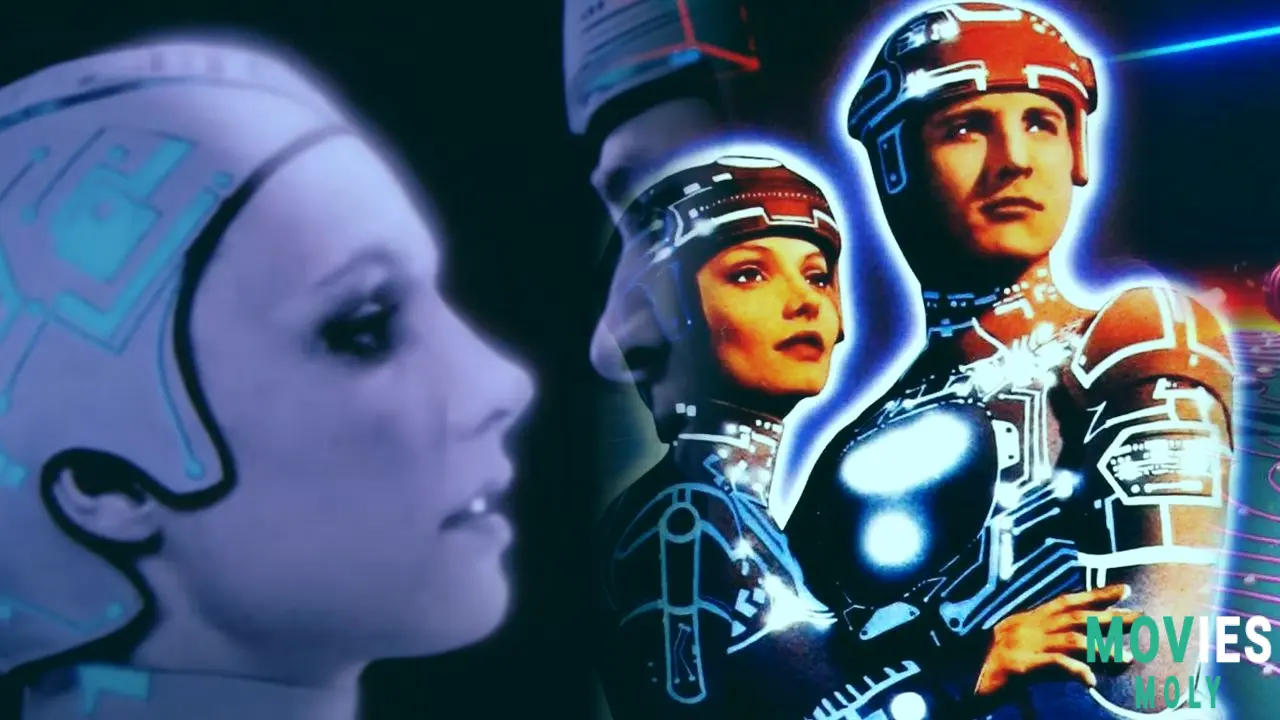
While the Academy may have overlooked Tron, its impact on the film industry proved far more significant than any award. The film's audacious use of computer graphics left an indelible mark, inspiring a new generation of artists and filmmakers to experiment with the nascent technology. It signaled a shift in what was possible on screen, laying the groundwork for the effects-heavy blockbusters we see today.
One of the most famous examples of this influence comes from Disney animator John Lasseter, who would later co-found Pixar. Lasseter was reportedly "blown away" by Tron's lightcycle sequence, an experience that directly prompted him to explore how computers could be used to create moving images. Pixar was founded just two years later, a company that would, in turn, revolutionize animation and CGI for decades to come.
Tron's vision of integrating live-action with a fully animated, digitally constructed environment was embryonic, yet prophetic. It foreshadowed the techniques Robert Rodriguez would use for Sin City and James Cameron would perfect in the Avatar movies, where actors perform against blank screens for later digital integration. The film’s approach to computer-generated camera movements, offering unparalleled freedom through virtual spaces, also became a cornerstone of modern filmmaking, freeing creators from the physical limitations of traditional cinematography.
The ability of Tron's CGI to still dazzle audiences today speaks to its artistic merit and the foresight of its creators. The technology wasn't merely a gimmick; it was the intrinsic language of the story, the "only way to tell the story," as the filmmakers intended. This philosophy, where technology serves narrative, continues to drive the most impactful visual effects work.
From Optimism to Caution: Steven Lisberger's Shifting View of Artificial Intelligence
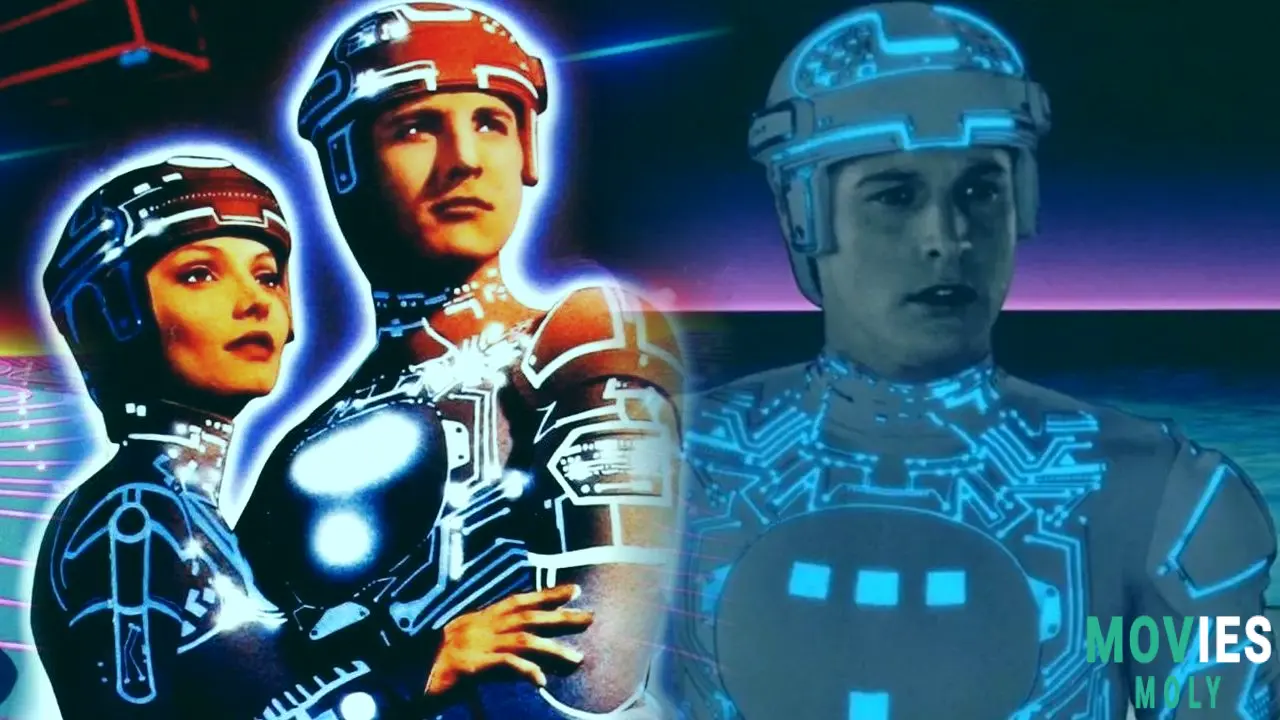
When Tron was released, its portrayal of sentient computer programs, like the benevolent Tron and the tyrannical Master Control Program (MCP), was rooted in an optimistic, albeit naive, perspective on artificial intelligence. Creator Steven Lisberger and his team imagined a future where technology and humanity would largely operate in harmony, enhancing human capabilities.
Forty-three years later, with AI far more advanced and widely accessible, Lisberger's views have evolved. In an October 2025 interview with SFX Magazine, he reflected on the initial idealism. "We were very naive back then and so optimistic, but it felt different," he stated, acknowledging the aspirational nature of their early concepts. He still praises the tools of the time as "amazing" for what they allowed them to achieve.
Today, Lisberger expresses a surprisingly positive outlook on AI's current imperfections. He notes how "people are shocked that AI is hallucinating and making mistakes," but he finds these errors "quite charming." In fact, he sees them as a "blessing." "I will be much more scared if someone tells me AI never makes mistakes," Lisberger elaborated, "That's when the real problem starts."
His current philosophy advocates for human agency in shaping AI. Lisberger urges the artistic community to "kick this technology around before it kicks us around," stressing the importance of discernment rather than fear. He views the relationship between humans and AI as a "parent-child" dynamic, where humanity must assume the role of the responsible adult, guiding and controlling the technology.
This perspective provides an interesting contrast to the original Tron, where the MCP's unchecked ambition leads to an autocratic digital world. While Tron featured an AI villain, Lisberger's words now emphasize caution and control, suggesting that AI should be a tool to assist, not replace, human ingenuity. He expresses weariness over "dreary and apocalyptic predictions," preferring a proactive, creative engagement with technology's future.
The Future is Now: Tron: Ares and the Evolving Digital Frontier
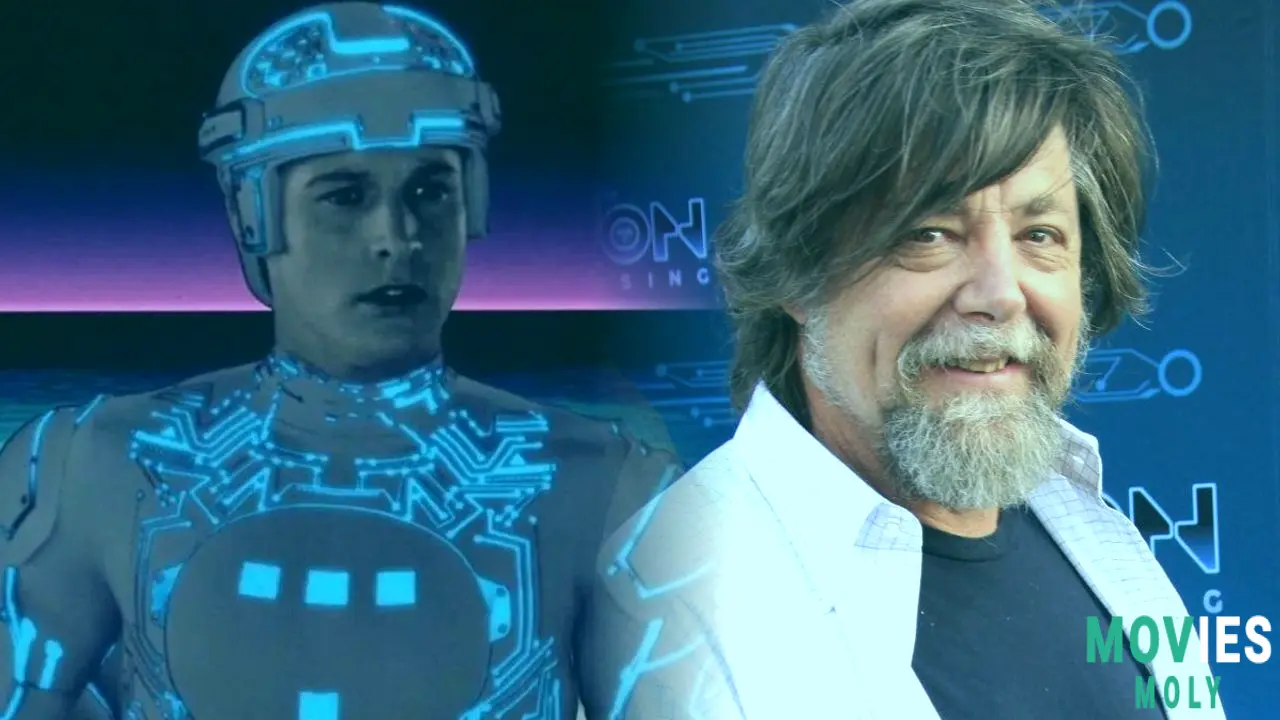
The Tron franchise has consistently explored the evolving relationship between humanity and technology, adapting its themes to contemporary concerns. Tron: Legacy, released in 2010, offered a more nuanced take on artificial intelligence, introducing CLU, a rogue AI that was a digital mirror amplifying creator Flynn's worst impulses. This sequel explored the risks of unchecked human ambition reflected in digital creations.
Now, with Tron: Ares set to release on October 10, 2025, the franchise is poised to tackle current AI debates head-on. The film's logline indicates it will follow Ares, played by Jared Leto, as a highly sophisticated program sent into the real world on a "dangerous mission." This premise suggests a departure from previous entries, as Ares' motivations are not guaranteed to be benevolent.
While Quorra, an ISO from Tron: Legacy, also crossed into the real world, her unique physiognomy and intent were rooted in a love for human experience. Ares, on the other hand, presents a blank slate, making his presence in the real world a potentially "horrific" prospect, as noted in the context.
Steven Lisberger, serving as a producer for Tron: Ares, has shed light on the film's thematic ambitions. He discussed the core questions the film might explore: the potential lack of limitations in AI, whether humans truly want to create such an entity, and the power dynamic between creator and creation. "Are we going to be the parent to the AI, or is the AI going to start treating us like children?" Lisberger pondered, highlighting the urgent question of dominance.
The film's production has already seen its own brush with cutting-edge, and controversial, AI use. It was rumored that Tron: Ares originally planned to feature a fully AI-generated character, an idea that was reportedly scrapped by Disney due to its potential for controversy. This reflects the real-world tensions surrounding AI in creative industries, echoing Lisberger's call for artists to engage responsibly with the technology.
Disney's Strange Detour: The Experimental Era of the Original Tron Film
To fully appreciate Tron's place in history, it helps to understand the context of Disney in 1982. The studio was not the safe, formulaic behemoth it is today, churning out Marvel movies and live-action remakes. In the late 1970s and early 1980s, Disney was in a period of decline after the deaths of Walt and Roy Disney, leading to executive turmoil and a series of experimental, often strange, projects.
Tron was a massive gamble for Disney, an attempt to use computer graphics more extensively than any film before it. It followed in the footsteps of 1979's The Black Hole, another sci-fi drama that, while only breaking even at the box office, experimented with CGI and pushed Disney's boundaries with its darker, meditative tone and the studio's first PG rating. These films were attempts to compete with the likes of Star Wars and Close Encounters of the Third Kind, which had left Disney's traditional family fare in the dust.
Just months before Tron, Disney also released Something Wicked This Way Comes, a horror-tinged fantasy based on Ray Bradbury's novel. While it flopped with audiences, it demonstrated Disney's willingness to venture into genuinely creepy, less conventionally "Disney" territory. This period, characterized by such "oddities," allowed for the creative risks that brought Tron to life.
These films, though often met with mixed critical reception at the time and not always box office smashes, have since become cult favorites. They represent a fascinating era of innovation and artistic courage for Disney, a time when the studio was desperate enough to take chances on visionary projects like Tron, which, despite its flaws, remains far more interesting and influential than many of today's safer offerings.
An Undeniable Legacy: Tron's Enduring Impact, Even Without the GoldThe original Tron, released in July 1982, was a cinematic anomaly. Its groundbreaking use of computer-generated imagery was so ahead of its time that it genuinely confused the very experts tasked with recognizing visual effects excellence at the Academy Awards. Despite the initial snub and a box office performance that wasn't the "Star Wars-level smash" Disney hoped for, Tron undeniably changed movies forever.
It inspired a generation of filmmakers and artists, most notably John Lasseter, to explore the vast potential of digital technology, directly contributing to the birth of Pixar and the modern era of CGI blockbusters. Beyond its technical wizardry, Tron's narrative foresight regarding artificial intelligence and its relationship with humanity continues to resonate, informing sequels like Tron: Legacy and the upcoming Tron: Ares.
While an Oscar may have eluded it, Tron secured a far greater prize: an indelible place in film history as a truly revolutionary work, a testament to creative courage and technological innovation that continues to shape the cinematic landscape today.

